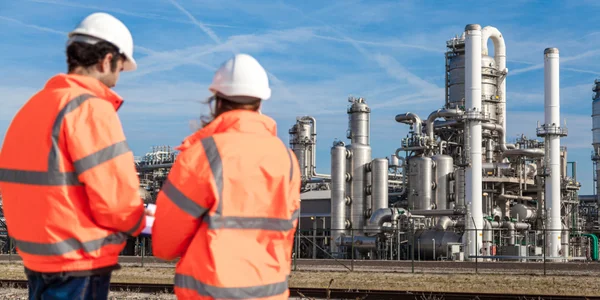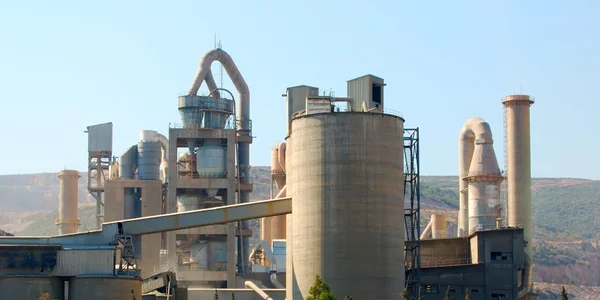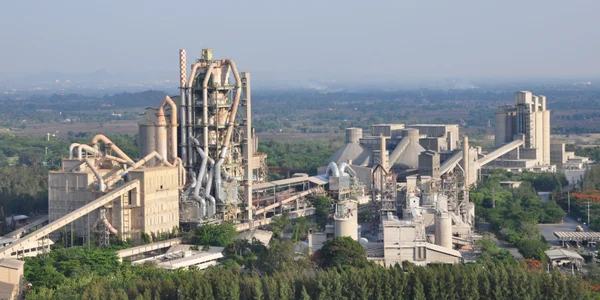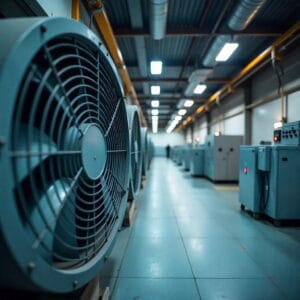دفاتر
مقر

آلمان
- فیلتر Intensiv Himenviro Technologies GmbH
Neustraße 45 - 49, 42553, Velbert, Deutschland/Germany - +49 20534200990
دفتر منطقه ای

بریتانیای کبیر
- فیلتر Intensiv Himenviro UK Limited
47، Bath Street WS13BX، Wallsall West Midlands، بریتانیای کبیر - +44 1922 628893
دفتر منطقه ای

امارات متحده عربی
- فیلتر فشرده Himenviro Technologies FZE – LLC
مرکز تجاری، منطقه آزاد شهر انتشارات شارجه، شارجه، امارات متحده عربی - +971-556074697
دفتر منطقه ای

هند
- Intensiv-Filter Himenviro Private Limited
D-247/11, Sector-63, Noida - 201301, Uttar Pradesh, India - +91-120-4642-500
دفتر منطقه ای

هند
- Intensiv-Filter Himenviro Private Limited
D-247/11, Sector-63, Noida - 201301, Uttar Pradesh, India - +91-120-4642-500
دفتر منطقه ای

هند
- Intensiv-Filter Himenviro Private Limited
D-247/11, Sector-63, Noida - 201301, Uttar Pradesh, India - +91-120-4642-500
راهکارهای تصفیه هوا و گرد و غبار فولادی و فلزی
صنایع فولاد و فلزات، سطوح بالایی از آلایندههای موجود در هوا، از جمله گرد و غبار ریز، ذرات فلزی و دودها را تولید میکنند که در صورت عدم کنترل، میتوانند منجر به آلودگی محیط زیست، خطرات سلامتی برای کارگران و آسیب به تجهیزات شوند. سیستمهای تصفیه هوا و گرد و غبار ما برای مدیریت این محیطهای پرتقاضا طراحی شدهاند و گازهای خروجی از فرآیندهای ذوب، ذوب فلزات، ریختهگری و پرداخت را جذب میکنند. راهکارهای ما که برای مقاومت در برابر دماهای بالا و ذرات معلق طراحی شدهاند، کیفیت هوا را بهبود میبخشند، انطباق با مقررات را افزایش میدهند و از رفاه نیروی کار محافظت میکنند و محیط تولید پاکتر و ایمنتری را تضمین میکنند.
فرآیند فیلتراسیون گرد و غبار در صنعت فولاد و فلز
کوره قوس الکتریکی برای ساخت فولادهای ساختمانی، فولادهای با عیار بالا و فولادهای ضد زنگ. علاوه بر این، از آن برای ساخت کریستال های کاربید و مصنوعی استفاده می شود.
کارخانههای حذف گرد و غبار برای کورههای قوس الکتریکی، گازهای زائد اولیه کوره قوس الکتریکی و همچنین هرگونه گاز زائد ثانویه تولید شده در حین ذوب، روانآب یا در هنگام بارگیری و تخلیه را به طور کامل استخراج و تمیز میکنند. گازهای زائدی که در کوره تابه ای، در حین جابجایی مواد و سایر کارخانه های متصل تشکیل می شوند، استخراج و تصفیه می شوند.

فیلتر برای هود سقفی
فیلتر برای EAF
- 1. روف هود
- 2. فیلتر برای هود سقف
- 3. ونتیلاتور
- 4. دودکش
- 5. کوره قوس الکتریکی
- 6. لوله آب خنک
- 7. مبدل حرارتی
- 8. فیلتر برای EAF
- 9. ونتیلاتور
- 10. مبدل
مشخصات مورد نیاز
عنوان فیلتر PJM
داده های طراحی معمولی | هود سقفی |
|---|---|
حجم گاز | 1,000,000 |
دمای گاز | 80 |
نوع گرد و غبار | اکسیدهای آهن باقی مانده احتراق |
محتوای گرد و غبار باقیمانده | < 10 |
محتوای گرد و غبار گاز خام | < 5 |
تمیز کردن | آنلاین / آفلاین |
محیط فیلتر | پلی استر |
طراحی محافظت شده در برابر انفجار | لازم نیست |
جاذب | لازم نیست |
عنوان فیلتر PJM
داده های طراحی معمولی | کوره قوس الکتریکی |
|---|---|
حجم گاز | 120,000 |
دمای گاز | 120 |
نوع گرد و غبار | اکسیدهای آهن باقی مانده احتراق |
محتوای گرد و غبار باقیمانده | < 10 |
محتوای گرد و غبار گاز خام | < 5 - 10 |
تمیز کردن | آنلاین / آفلاین |
محیط فیلتر | پلی استر |
طراحی محافظت شده در برابر انفجار | لازم نیست |
جاذب | لازم نیست |
کاربردهای کنترل گرد و غبار فولاد و فلز
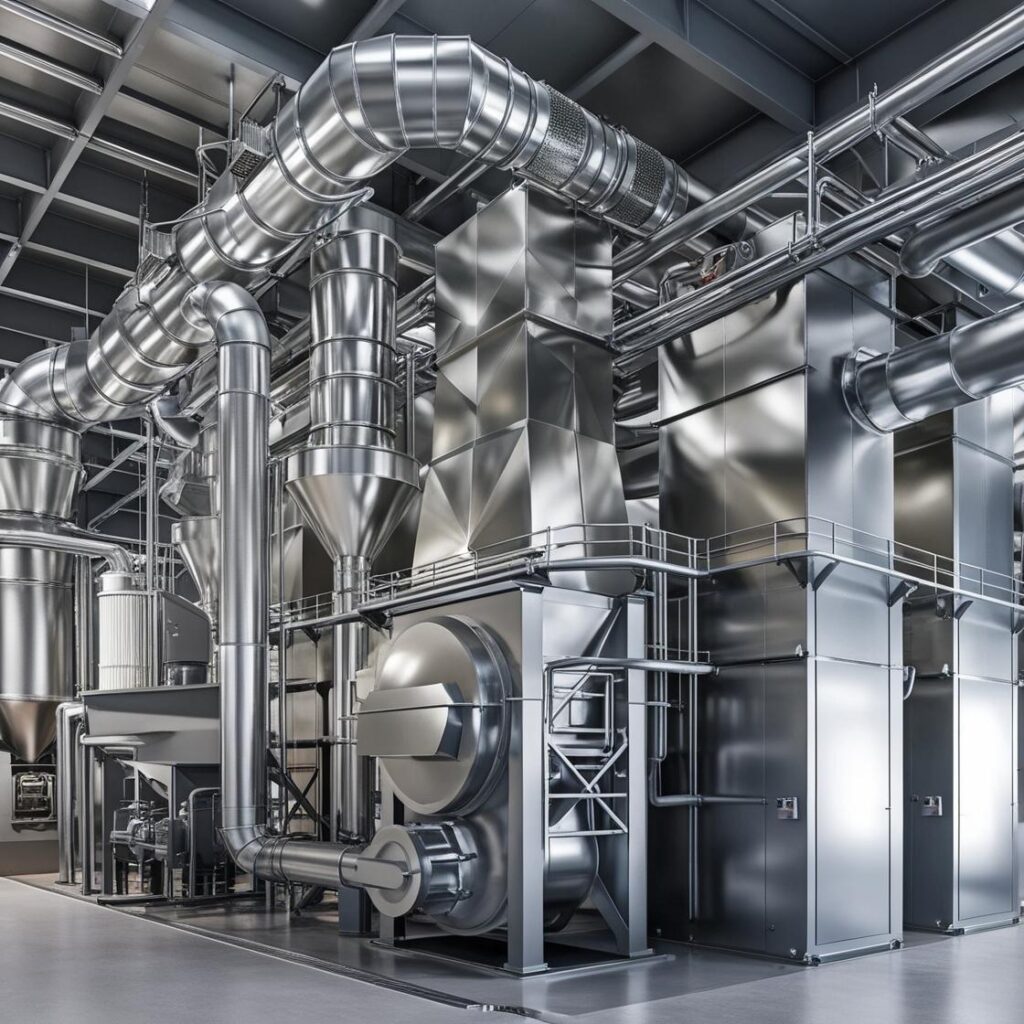
گرد و غبار و دودهای آزاد شده در حین ذوب و ذوب شدن را کنترل میکند و ذرات خطرناک تولید شده در کورههای با دمای بالا را به دام میاندازد.
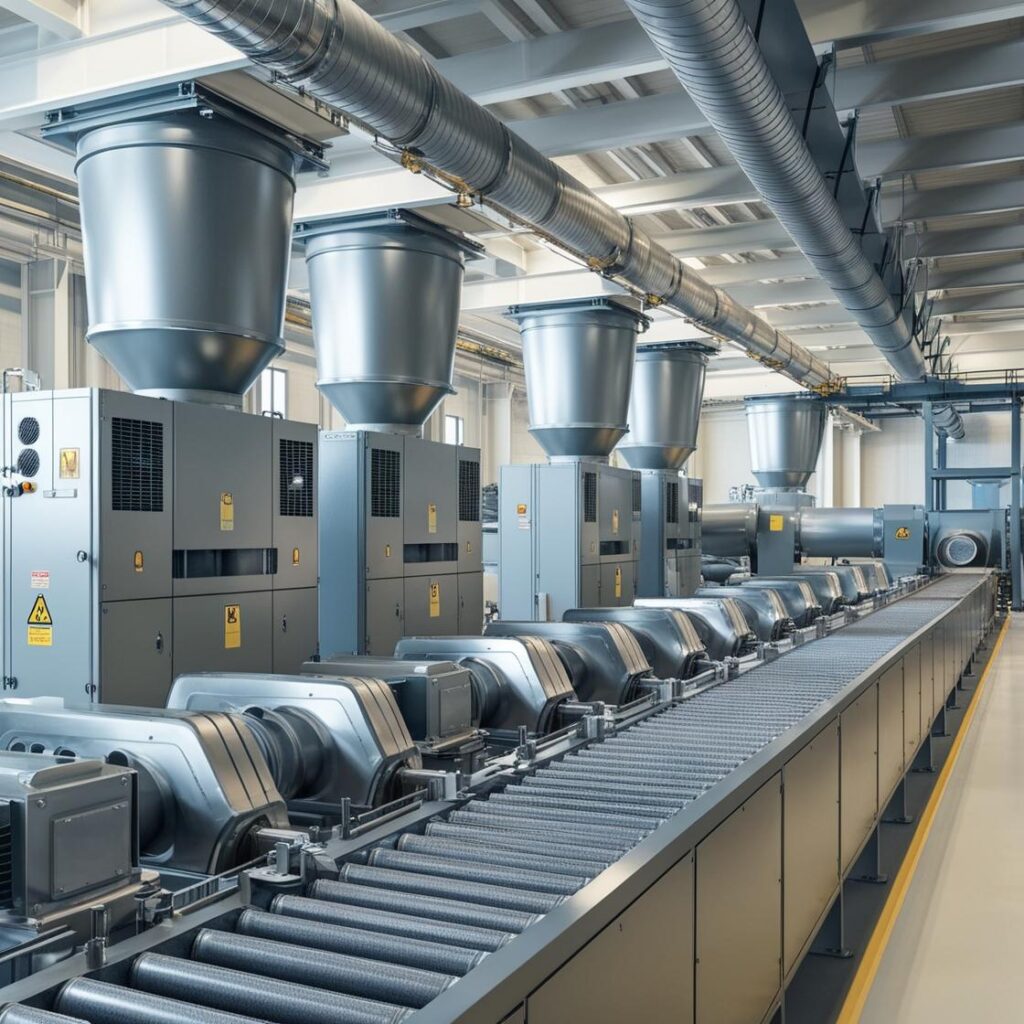
انتشار گازهای گلخانهای ناشی از عملیات ریختهگری را کاهش میدهد و ذرات معلق در هوا و بخارات فلزی را که میتوانند بر کیفیت هوا تأثیر بگذارند، جذب میکند.

گرد و غبار ریز و برادههای فلزی تولید شده در حین سنگزنی و پولیش را از بین میبرد و از تأثیر آلایندهها بر کیفیت محصول و ایمنی کارگران جلوگیری میکند.
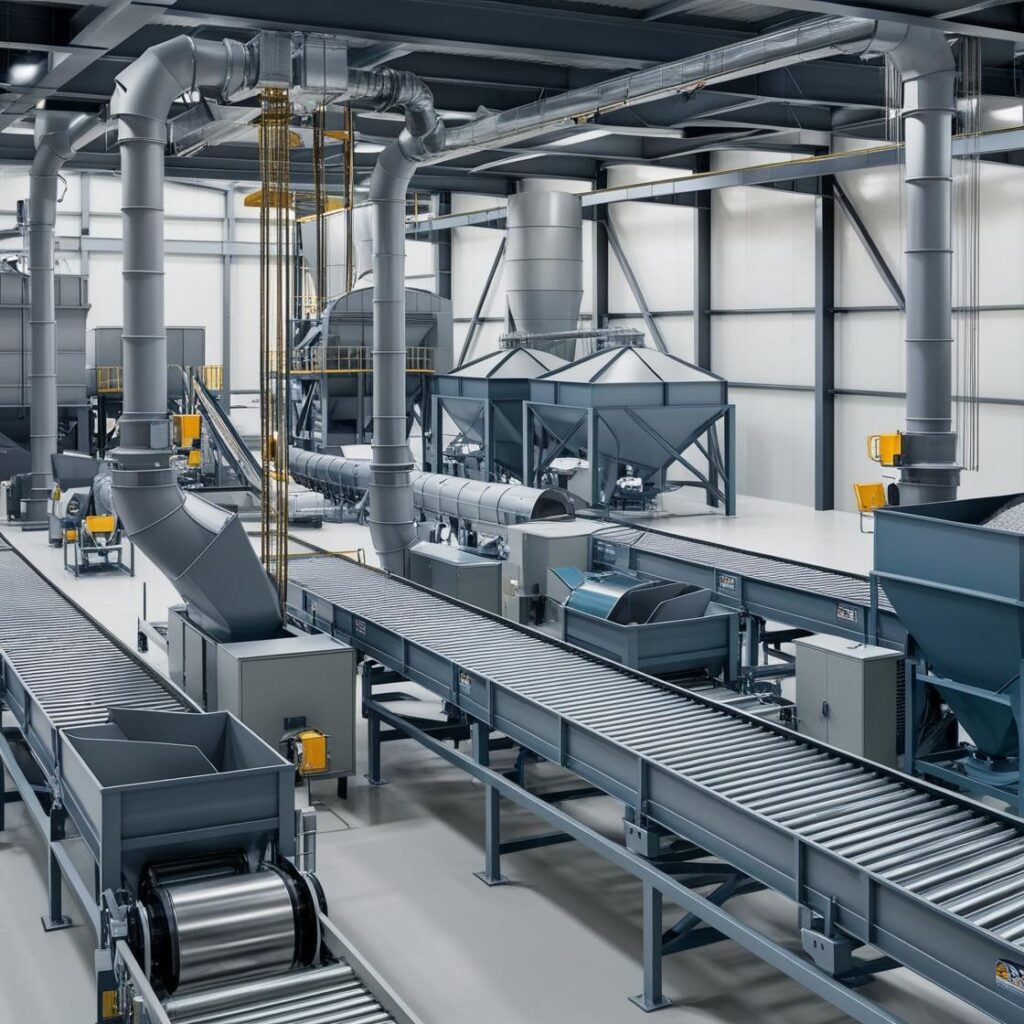
گرد و غبار تولید شده در حین جابجایی، حمل و نقل و انبارداری مواد را کنترل میکند و انتشار ذرات را در محیط کار به حداقل میرساند.
چشم انداز نظارتی برای کنترل گرد و غبار |
|---|
انطباق با استانداردهای کیفیت هوا |
رعایت بهداشت و ایمنی کارگران |
پیشگیری از خطر آتشسوزی و انفجار |
انطباق با حفاظت از محیط زیست |
نظارت بر انتشار گازهای گلخانهای در زمان واقعی |
مقاومت در برابر حرارت |
کاهش تعمیر و نگهداری و زمان از کارافتادگی |
تضمین کیفیت محصول |
هزینههای عملیاتی پایینتر |
چالش های کنترل گرد و غبار |
|---|
سطح بالای گرد و غبار و دود |
خطرات سلامتی کارگران ناشی از ذرات فلزی |
مقررات سختگیرانه زیستمحیطی |
خطرات آتشسوزی و انفجار |
آلودگی محصولات نهایی |
ساییدگی ناشی از گرد و غبار ساینده روی تجهیزات |
الزامات تحمل دما |
مدیریت حجم زیاد جمعآوری گرد و غبار |
به حداقل رساندن زمان از کارافتادگی مربوط به تعمیر و نگهداری |
ملاحظات کلیدی برای کنترل موثر گرد و غبار |
|---|
صید هدفمند در نقاط انتشار |
دوام در دماهای بالا |
کنترل بهینه جریان هوا و فشار |
مواد فیلتراسیون مقاوم در برابر حرارت |
پروتکلهای تعمیر و نگهداری منظم |
انطباق با استانداردهای صنعتی |
راهکارهای انعطافپذیر و سفارشی |
کاهش ریسک خطرات احتراق |
سیستمهای اختصاصی برای مراحل مختلف تولید |
برای مشاوره تخصصی با ما در ارتباط باشید
سایر خدمات ما را کاوش کنید!
سوالات متداول
در فرآوری فولاد و فلزات، سیستمهای فیلتراسیون رایج شامل فیلترهای کیسهای، رسوبدهندههای الکترواستاتیک (ESP)، اسکرابرهای مرطوب و جداکنندههای سیکلونی هستند. فیلترهای کیسهای از کیسههای پارچهای برای جذب ذرات گرد و غبار استفاده میکنند، در حالی که ESPها از بارهای الکتریکی برای حذف ذرات از گازهای خروجی استفاده میکنند. اسکرابرهای مرطوب با وارد کردن یک مایع شستشو، آلایندهها را حذف میکنند و جداکنندههای سیکلونی از نیروی گریز از مرکز برای جداسازی گرد و غبار از جریانهای گازی استفاده میکنند. انتخاب سیستم به عواملی مانند اندازه ذرات، دمای گاز و الزامات خاص فرآیند بستگی دارد.
سیستمهای تصفیه با جذب و حذف مؤثر ذرات معلق و آلایندههای تولید شده در طول فرآوری فلز، کیفیت هوا را افزایش میدهند. این سیستمها با کاهش انتشار گازهای گلخانهای، به تأسیسات کمک میکنند تا با مقررات و استانداردهای زیستمحیطی مطابقت داشته باشند و در نتیجه تأثیر زیستمحیطی خود را به حداقل رسانده و محیط کاری ایمنتری را ایجاد کنند.
ESP ها راندمان بالایی در حذف ذرات ریز دارند و به راندمان 99% دست مییابند که به ویژه در تولید فولاد که در آن گازهای خروجی دودکش اغلب حاوی ذرات ریز گرد و غبار هستند، مفید است. آنها قادر به جابجایی حجم زیادی از گاز هستند و در دماهای بالا به طور موثر کار میکنند. علاوه بر این، ESP ها افت فشار نسبتاً کمی دارند که منجر به مصرف انرژی کمتری در حین کار میشود.

